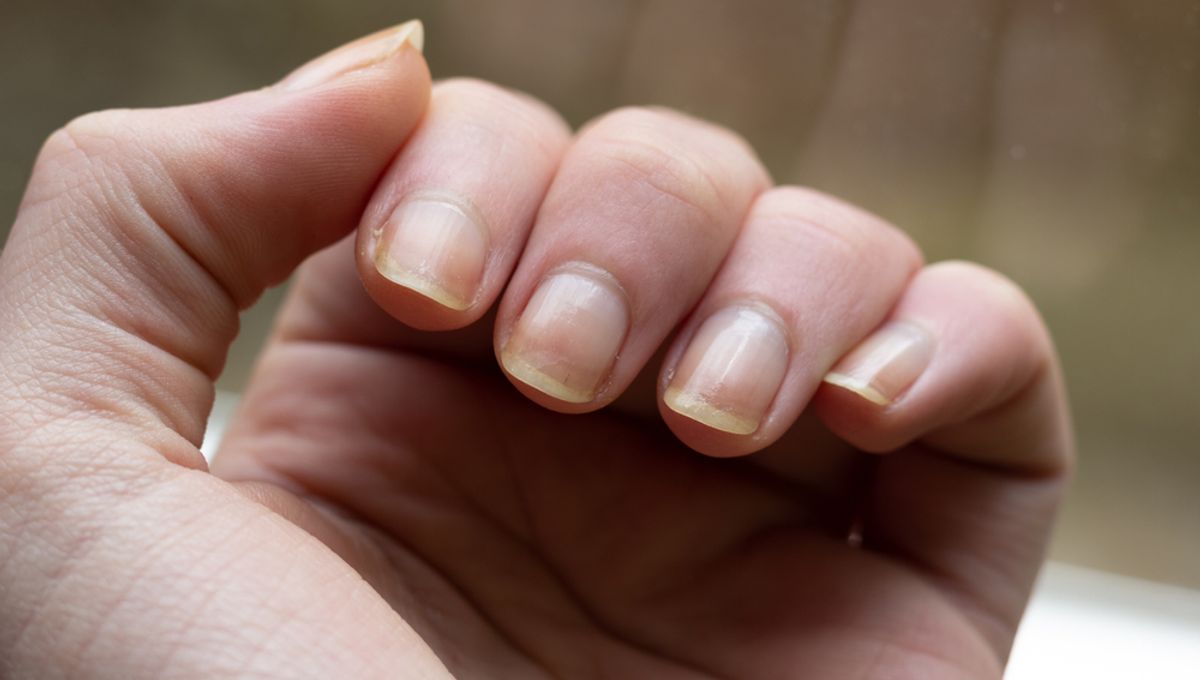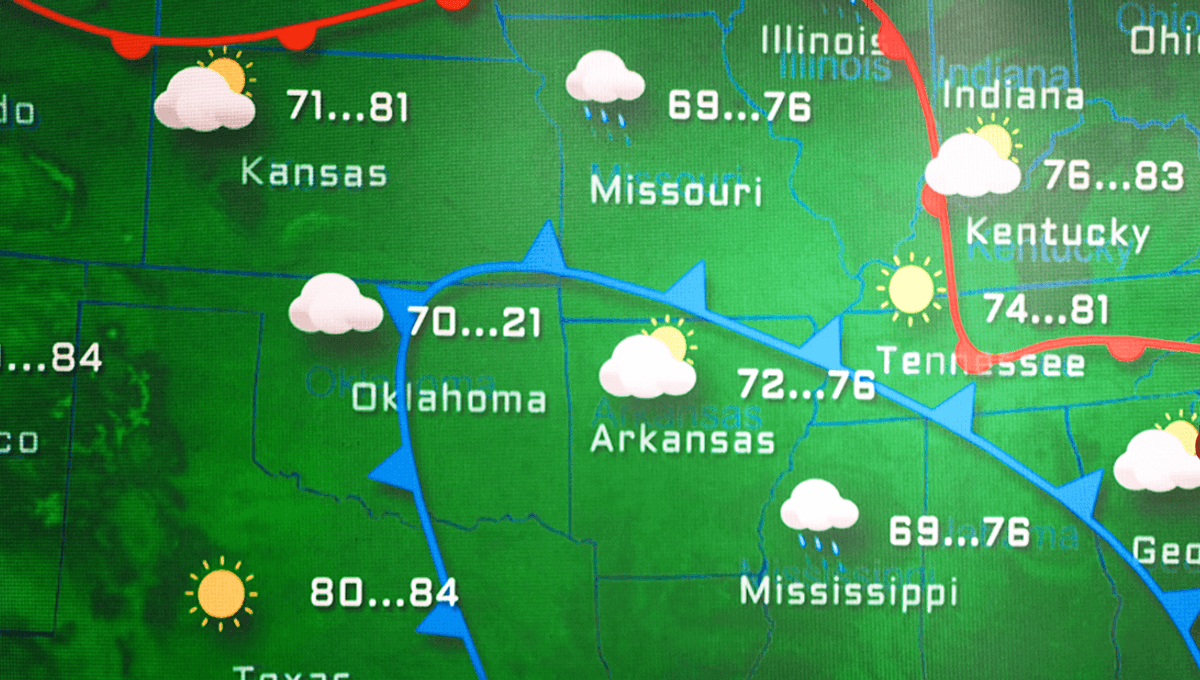Have you ever experienced your caregiver screaming at you to get out of the bath during a thunderstorm? Is it just an old wives’ tale or is there actually a real danger?
Well, it turns out that there is indeed a risk – and it’s shockingly more dangerous than you might think.
What really happens during a thunderstorm?
When there’s an unstable atmosphere, a thunderstorm develops. According to the NOAA National Severe Storms Laboratory, lightning is an electrical spark that occurs between the ground, clouds, and air. As lightning starts to form, the air acts as an insulator between the positive and negative charges in the clouds and between the clouds and the ground.
Once the opposite charges have built up enough, the air insulation breaks and there’s a rapid discharge of electricity – that’s what we call lightning. The flashes we see in the stormy sky are nature’s way of temporarily equalizing the charged regions of the atmosphere. This cycle continues until the charges dissipate.
The booming sound of thunder is caused by the lightning. The energy from the lightning channel heats the air to around 50,000 degrees Fahrenheit, causing the air to explode outward. This rapid pressure decrease creates the sound of thunder.
When a lightning strike is about to occur on the ground, a channel develops towards the surface. When it’s less than a hundred yards from the ground, tall objects start sending sparks to meet it. When one spark connects to the downward channel, an enormous electrical current surges down to the object that produced the spark.
How can lightning cause injuries?
According to the Centers for Disease Control and Prevention (CDC), lightning can cause various injuries with different risks of mortality. Typically, 10 percent of people struck by lightning die, often from a heart attack.
A direct strike is usually fatal, but other types of strikes are less deadly. These include contact strikes (when the victim is touching a lightning-struck object), side flashes (when lightning bounces off an object and onto the victim), and ground currents (when lightning strikes the ground nearby and the current passes through the victim).
Thunder can also cause injuries such as burst eardrums or trauma if the victim falls down.
Is it dangerous to be in a shower during a thunderstorm?
Unless you’re sitting in a bathtub outside or showering in the rain, the chances of being directly struck by lightning are low. The main concern is if lightning strikes a home directly, as plumbing and other metal can serve as an electrical current conduit. Typically, lightning follows the path of least resistance, which is usually through wires and plumbing. Therefore, it can travel through the pipes and potentially strike you while showering.
In addition to metal being a conduit, water can also carry electrical currents. This means that if you’re in the shower or bath, electricity could travel through the pipes and into the water, ruining that lovely relaxing bubble bath.
This advice is also reflected by the CDC, as they suggest staying out of the shower and away from plumbing during a thunderstorm. They also recommend avoiding washing dishes – a great excuse to skip that annoying chore.
It’s generally advised that if you hear thunder, you’re close enough for lightning to reach your location, as lightning can strike 4.8 to 16 kilometers (3 to 10 miles) away from the parent storm. So it’s often only safe to enjoy a bubble bath and candles 30 minutes after hearing the last thunder, as sometimes the storm likes to save up one big lightning strike to go out with a bang.
Has anyone ever been injured in a shower during a thunderstorm?
Overall, it’s unlikely that you’ll get shocked while in a bath during a storm, but it is possible. Reports have shown that 10-20 people in the United States are shocked annually while handling appliances, using faucets, and even in baths. Additionally, Struckbylightning.org has reported that 33 percent of lightning fatalities were water-related.
So next time there’s a thunderstorm, stay safe and avoid getting in the water.








